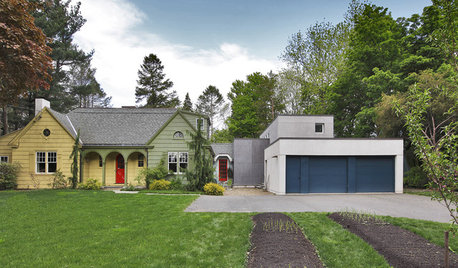blight on East Coast
ellenr22 - NJ - Zone 6b/7a
14 years ago
Related Stories

LIVING ROOMSRoom of the Day: East Coast Preppy Meets West Coast Cool
A living room designed for entertaining goes bicoastal with a look that’s equal parts sophisticated and casual
Full Story
ECLECTIC HOMESHouzz Tour: East Coast Meets West Coast in West Hollywood
A move from New York City to Los Angeles inspires an interior designer to explore new styles
Full Story
HOUZZ TOURSHouzz Tour: An East Coast Cottage Look in Los Angeles
Traditional Eastern Seaboard style takes root in a new LEED Gold home in Southern California
Full Story
MY HOUZZMy Houzz: Classic East Coast Style in Maryland
Collected vintage finds, clean furnishings and European touches are highlights of a couple's bright and airy 1923 house
Full Story
STUDIOS AND WORKSHOPSStudio Tour: Spaciousness Serves an East Coast Artist
A bold, modern studio addition to a traditional Connecticut home offers a sculptor enough room to let creativity run free
Full Story
HOUZZ TOURSHouzz Tour: East Meets Southwest in New Mexico Home
Persian rugs, pieces by local artisans and a rich color scheme help an East Coast couple feel at home in sunny Santa Fe
Full Story
ECLECTIC HOMESHouzz Tour: Color and Light on the Sussex Coast
In England, bright accents and coastal light lift a rural Victorian interior redesigned for better flow
Full Story
HOUZZ TOURSHouzz Tour: Just What Mom Wanted, Off the Washington Coast
With an art studio, age-in-place features and a view-maximizing design, this home shows just how well the architect knows his client
Full Story
REMODELING GUIDESRegional Modern: L.A. Coast Homes Soak in the View
See how Pacific views shape residential design in Malibu, Venice and Laguna Beach
Full Story0




sue_ct
catman529
Related Discussions
Need advice from East Coast organic gardeners
Q
East Coast vs West Coast peaches
Q
East Coast Posters: Hanna Approach, TS Warning Entire East Coast
Q
East Coast vs West Coast
Q
elkwc